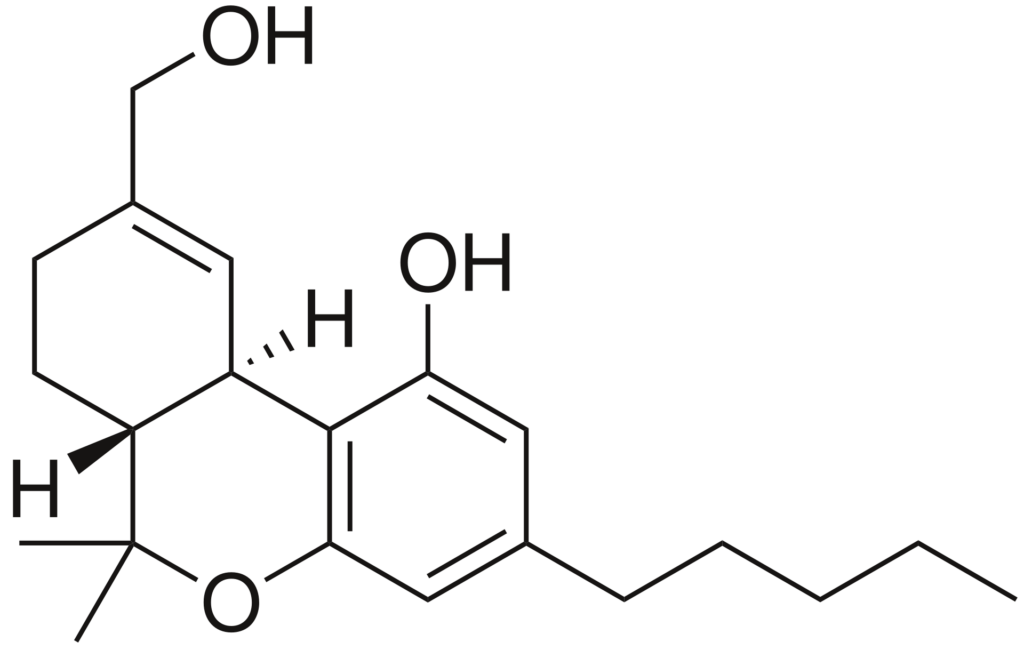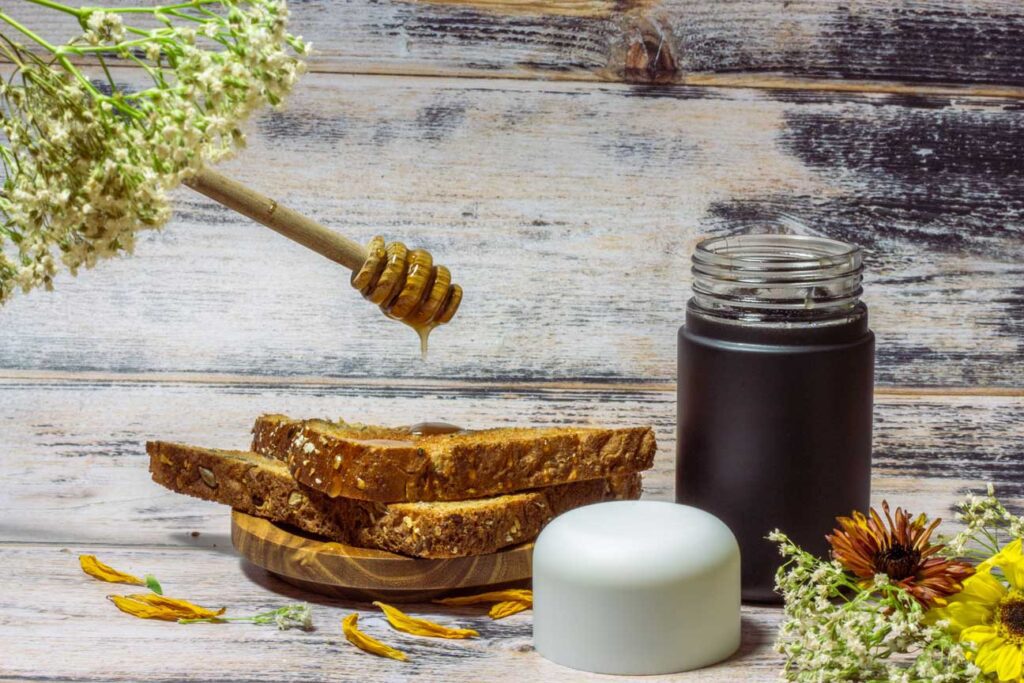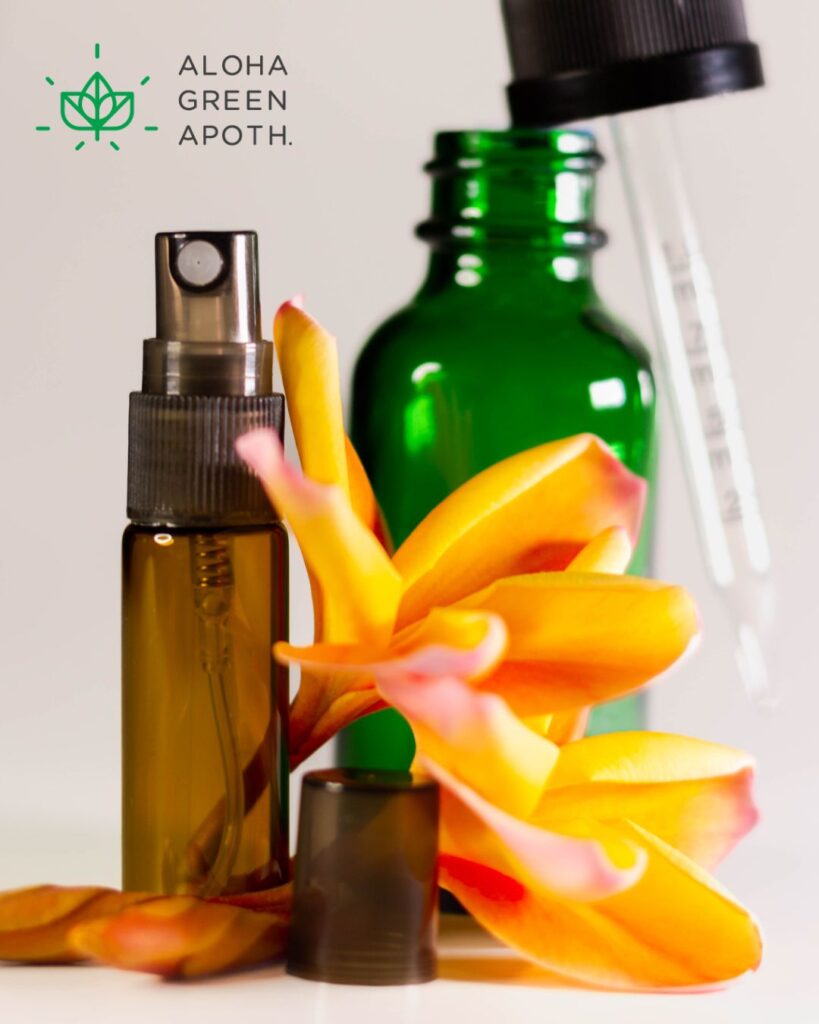And why it may be important for you as a patient

We’ve all been there. Forearm-deep in a bag of snacks, too high off an edible, trying to figure out how you got there and, more importantly, wondering how to get back. Consumables are notorious for this phenomenon, especially in those just starting out. If you have ever wondered why and how this happens, we’d like to introduce you to 11-Hydroxy-THC.
11-hydroxy-THC (11-OH-THC) is a metabolite that is formed when you consume an edible with delta-9 THC. If you’ve ever noticed a difference in how your body responds to both, this metabolite is one of the reasons why! Metabolites are typically formed when the body breaks down cannabinoids in the liver, where enzymes convert the cannabinoids into metabolites. Understanding metabolism of cannabinoids is important for medical research and personal use, as it helps to explain how the body reacts to different forms of cannabis.
Da science
Going back to basics, cannabinoids are a group of compounds found in the cannabis plant that interact with the body’s endocannabinoid system. This system is responsible for regulating many physiological processes such as sleep, pain, and appetite. There are more than 100 cannabinoids present in the cannabis plant! These bind to specific receptors in the body known as CB1 and CB2 receptors which, when activated, produce a variety of physiological effects including the “high” associated with THC. In the case of 11-OH-THC, which interacts with the CB1 receptor, effects can be up to 4x stronger than delta-9 THC.
Fun fact: The human brain contains more CB1 receptors than opioid receptors. This is one of the many factors contributing to the quality of “high” people get from cannabis.
Taking time to research the basics of cannabis science can seem overwhelming to the average consumer and you may find yourself wondering how any of it applies to you and your needs. Consumers have enjoyed the benefits of edibles for their medical needs for thousands of years! Always research credible sources and experiment. Take that time for self-care and get to know how your body reacts to different strains, products, and dosages.
Consumables vs. smoking

Ask around and you’ll hear many different stories about times when someone took an edible. We’re talking about experiences that range from “I didn’t feel a thing!” to “I became one with my tutu’s area rug.” Oral consumption tends to warrant more potent and longer-lasting effects on the brain and body, producing a greater psychological high (Lemberger et al.,1973).
The onset of effects for smoking is much shorter, all active components go immediately to the brain and are metabolized at the same time. When you eat an edible, 11-Hydroxy-THC is formed when processed in the liver, where consumables can be absorbed. Active components can be absorbed slowly over time/at various times and can be affected by what/when you have eaten that day. Bioavailability varies, which is why they have such a large duration and can take longer to take effect.

As a note, using sublingual applications for products like MCT oil base tinctures & Aloha Mist are a different method that may allow a faster onset.
Cannabinoids can be transformed through different processes and knowing these factors can aid patients in storage, usage, and more. For example, when delta-9 THC is exposed to heat while being stored or lit, a sizable portion of that THC% may become CBN. An even more common example is how THCA converts to THC with the application of heat (AKA when you light a bowl) this is why THCA% is relevant information on packaging. These transformations speak to the host of differences between the experience of smoking and eating cannabis.
How does this apply to you?
After learning a bit more about 11-OH-THC, patients can take this information and apply it to their medicinal routines. It will be mentioned time and time again that every person can experience cannabis differently, some people do not feel edibles while others can be sensitive to 11-hydroxy-THC effects, and this is completely natural! If you’re a beginner, props to you for getting to the end of this blog and wanting to learn about how cannabis can work for you. Check out our free resources like the Patient Handbook or learn how to track your doses with our patient log when exploring if consumables work for you.